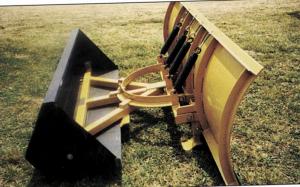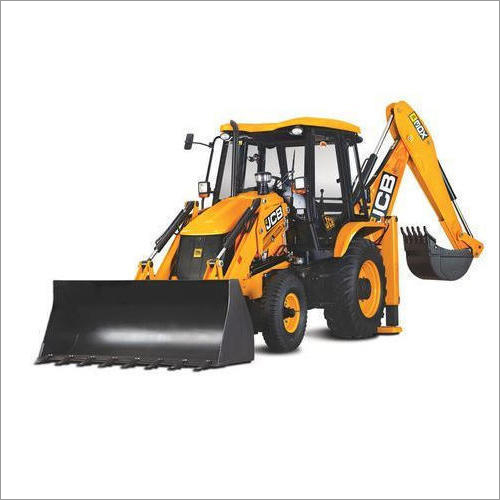

For this reason many companies offer miniature tracked excavators, which sacrifice the loader function and ability to be driven from site to site, for increased digging efficiency. This means that the bucket must be raised and the outriggers retracted when the vehicle needs to change positions, reducing efficiency. The front assembly may be a removable attachment or permanently mounted.īecause digging while on tires intrinsically causes the machine to rock, and the swinging weight of the backhoe could cause the vehicle to tip, most backhoe loaders use hydraulic outriggers or stabilizers at the rear when digging and lower the loader bucket for additional stability. Retractable-bottom loader buckets are also often used for grading and scraping. Some loader buckets have a retractable bottom or "clamshell", enabling it to empty its load more quickly and efficiently. Many backhoes feature quick coupler (quick-attach) mounting systems and auxiliary hydraulic circuits for simplified attachment mounting, increasing the machine's utilization on the job site. Enhanced articulation of attachments can be achieved with intermediate attachments such as the tiltrotator. Often, the backhoe bucket can also be replaced with powered attachments such as a breaker, grapple, auger, or a stump grinder. Since the backhoe was invented, several companies such as Caterpillar and John Deere have changed the backhoe's back arm to be slightly curved like that of an excavator, which can allow more maneuverability.īackhoe loaders are very common and can be used for a wide variety of tasks: construction, small demolitions, light transportation of building materials, powering building equipment, digging holes/ excavation, landscaping, breaking asphalt, and paving roads. In 1970, Hy-Dynamic, now a division of Bucyrus-Erie, manufacturer of the Dynahoe, was the first company to incorporate a four-wheel drive system into their backhoe loaders, allowing these models to go over almost any terrain with little difficulty. In Russia they are referred as excavator- loaders. In the United States, they are often referred to as "backhoes", although the term ' backhoe' only refers to one component. In Britain and Ireland they are commonly referred to simply as JCBs they are popularly called "JCB" in India. Ī typical European backhoe-loader these usually have a side-shift backhoe mount and vertical stabilizers.


In April 1948 Wain-Roy Corporation sold the very first all hydraulic backhoes, mounted to a Ford Model 8N tractor, to the Connecticut Light and Power Company for the sum of $705. In 1947 Wain-Roy Corporation developed and tested the first actual backhoes. The true development of the backhoe actually began in 1947 by the inventors that started the Wain-Roy Corporation of Hubbardston, Massachusetts. This type of machine is similar to and derived from what is now known as a TLB (Tractor-Loader-Backhoe), which is to say, an agricultural tractor fitted with a front loader and rear backhoe attachment. Due to its (relatively) small size and versatility, backhoe loaders are very common in urban engineering and small construction projects (such as building a small house, fixing urban roads, etc.) as well as developing countries. ( Learn how and when to remove this template message)Ī backhoe loader, also called a loader backhoe, digger in layman's terms, or colloquially shortened to backhoe within the industry, is a heavy equipment vehicle that consists of a tractor-like unit fitted with a loader-style shovel/ bucket on the front and a backhoe on the back. Please help improve this article by introducing citations to additional sources. Relevant discussion may be found on the talk page. This article relies largely or entirely on a single source.


 0 kommentar(er)
0 kommentar(er)
